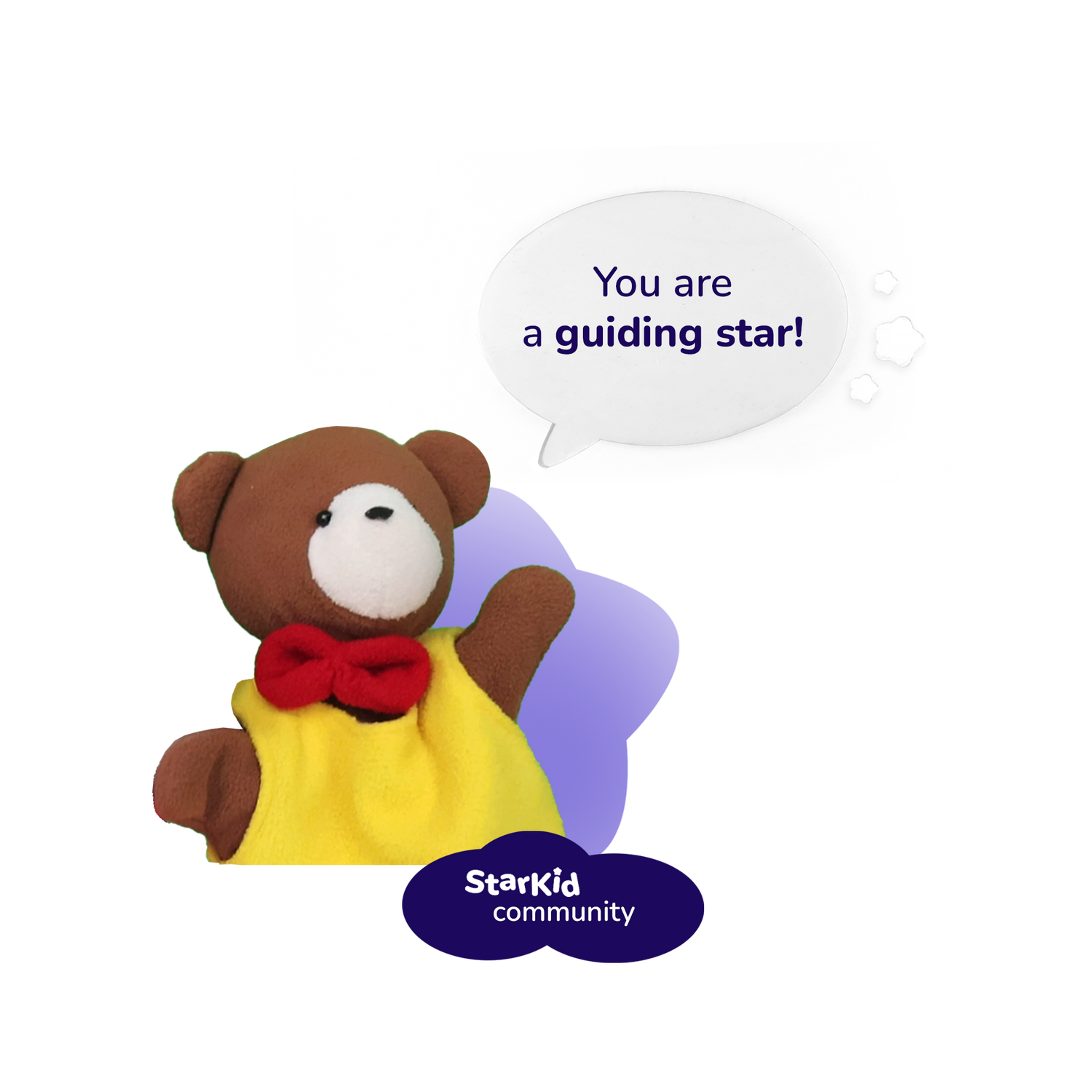Reading Time: 6–7 minutes
Table of Contents
Understanding Transparent vs. Opaque Languages
Transparent Languages (Easier for Dyslexic Learners)
Opaque Languages (More Challenging for Dyslexic Learners)
Effective Techniques and Tricks
Expert Insight: Dr. Sally Shaywitz
Understanding Transparent vs. Opaque Languages
When helping your child acquire a second language—especially if they have dyslexia—it's crucial to focus on easy letter-to-sound matching. This is where the principle of language transparency becomes key.
A language is considered transparent when its spelling system matches its pronunciation in a predictable way: what you see is what you say.
By contrast, opaque languages have inconsistent spelling and pronunciation rules, making them particularly challenging for dyslexic learners who struggle with decoding and memorizing irregular patterns.
Transparent Languages (Easier for Dyslexic Learners)
🇪🇸 Spanish
Spanish stands out as one of the most accessible languages for dyslexic students. It follows a highly phonetic system, meaning words appear on the page exactly as they sound.
For example, once a child learns that “a” sounds like “ah,” they'll find very few exceptions. This consistency builds confidence and promotes early reading success.
🇮🇹 Italian
Similar to Spanish, Italian features consistent sound-letter relationships. With just five clearly defined vowels and fewer irregular verbs, Italian makes reading and writing more approachable. Dyslexic learners benefit from this regularity, which reduces frustration.
🇩🇪 German
German also offers phonetic reliability. Its consistent pronunciation and spelling patterns make it more accessible, especially for children familiar with English, as both languages share some phonetic similarities.
Opaque Languages (More Challenging for Dyslexic Learners)
🇫🇷 French
French may appear elegant, but it's filled with silent letters, complex accents, and irregular spelling rules. Written words often differ significantly from their spoken forms, creating confusion and discouragement for children trying to match letters with sounds.
🇬🇧 English
English is widely known as one of the least transparent languages. Its vocabulary comes from many linguistic origins, resulting in irregular spelling patterns.
Words like “though,” “thought,” and “through” offer little phonetic consistency. For dyslexic students already struggling with English, learning it as a second language presents added difficulties.
🇩🇰 Danish
Danish has major gaps between spoken and written forms. Vowel pronunciations shift dramatically depending on context, and several sounds are hard to distinguish, even for second-language English speakers. Dyslexic learners often struggle to decode and pronounce Danish words accurately.
Considering Writing Systems
The writing system of a language plays a major role in how easily children with dyslexia can learn it.
Alphabetic systems (e.g., English, Spanish) rely on letters representing sounds.
Logographic systems (e.g., Chinese) use characters to represent entire words or ideas.
Interestingly, logographic systems can offer unique advantages. In Chinese, learners use visual pattern recognition rather than sound-based decoding. This activates brain areas tied to visual and spatial memory, which many dyslexic learners excel in.
According to Hu et al. (2010), reading Chinese characters engages both visual and verbal short-term memory. This orthographic nature can help reduce spelling errors and improve reading fluency—even when phonics are a challenge.
While memorizing characters takes effort, dyslexic learners with strong visual memory may thrive using this approach.
Parents shouldn’t shy away from Chinese or Japanese if their children show interest. With the right tools, visual supports, and deliberate practice, these languages can unlock surprising strengths and build confidence.
Explore our Mindfulness Episodes for Kids —a supportive way to boost focus, reduce stress, and build resilience while learning.
Effective Techniques and Tricks
Utilize Multisensory Learning
Engaging multiple senses helps reinforce memory:
Flashcards with images, colors, and textures
Color-coding grammatical elements (e.g., blue for nouns, red for verbs)
Movement-based learning such as gestures or physical actions linked to words
Leverage Assistive Technology
Tools to support dyslexic learners include:
Text-to-speech apps (e.g., Voice Dream Reader, Learning Ally)
Dyslexia-friendly fonts like OpenDyslexic
Language learning platforms like Promova with adjustable font sizes and high-contrast modes
Implement Structured Literacy Approaches
Programs like the Orton-Gillingham approach use:
Phonemic awareness
Systematic decoding
Repetition and practice
These are particularly effective for dyslexic students learning new languages.
Incorporate Audio and Visual Materials
Using multimedia can improve engagement:
Subtitled videos in the target language
Music and songs for pronunciation and vocabulary
Interactive games to turn learning into play
Expert Insight: Dr. Sally Shaywitz on Dyslexia and Language Learning
Dr. Sally Shaywitz, a Yale neuroscientist and co-founder of the Yale Center for Dyslexia & Creativity, is a leading expert in this field.
She emphasizes that dyslexia is not a problem of intelligence—it’s a different way of processing written language.
In her groundbreaking book Overcoming Dyslexia, Dr. Shaywitz presents science-backed strategies such as:
Structured phonics instruction
Multisensory teaching methods
Early, individualized intervention
She reminds us:
“Dyslexia is not a matter of seeing things backward. It’s a problem accessing the sounds of language—and with the right instruction, it can be overcome.”
With tailored support, dyslexic children can not only catch up—they can thrive.
Conclusion
Learning a new language may feel daunting for children with dyslexia, but the journey can be both empowering and enriching.
By selecting transparent languages, using visual and multisensory strategies, leveraging supportive technologies, and applying structured instruction, we create a learning path that meets each child where they are.
And remember: progress looks different for everyone. Success is not defined by speed or perfection, but by confidence, joy, and self-discovery.
You're not just teaching your child new words—you're giving them tools to connect with the world in a meaningful, personal way. And that’s an extraordinary gift.
References
British Dyslexia Association. "Modern Foreign Languages."
University of Bath. "Learning a language with dyslexia – 10 tips to unlock the barriers."
American University. "Teaching Strategies for Students with Dyslexia."
The Sun. "Promova upgrades Dyslexia-friendly features."
"Shaywitz, S. (2005). Overcoming Dyslexia. Vintage Books. Link
Hu, W. et al. (2010). Developmental dyslexia in Chinese and English populations. Brain, 133(6), 1694–1706. Link


